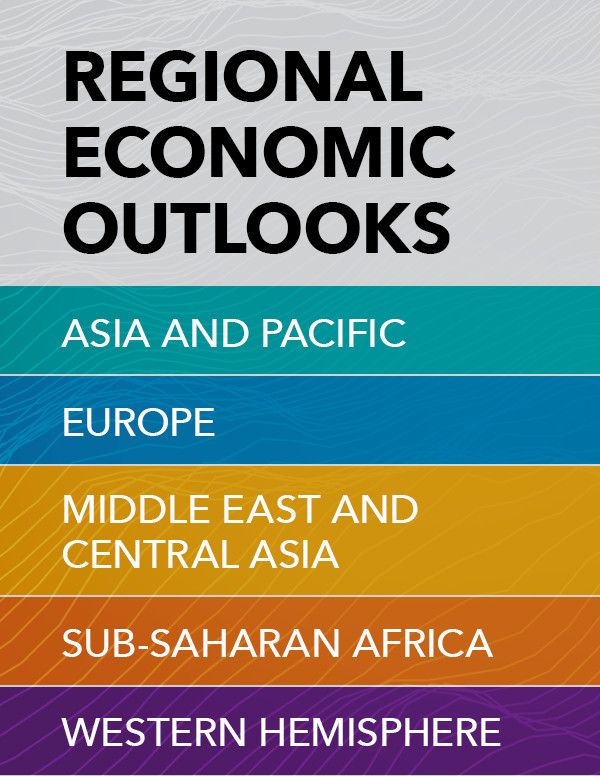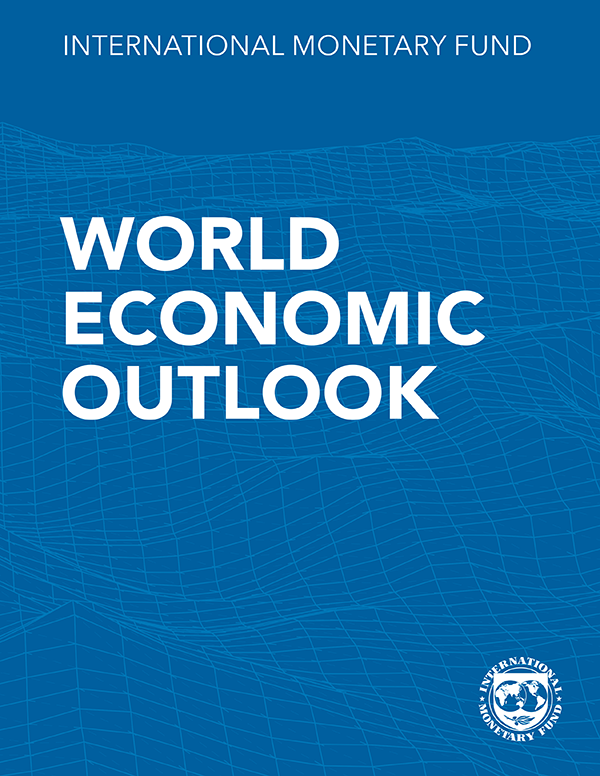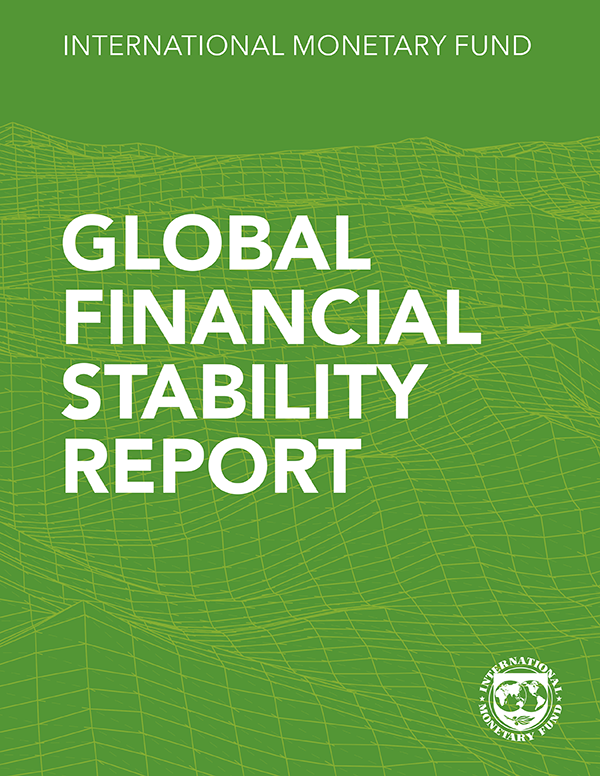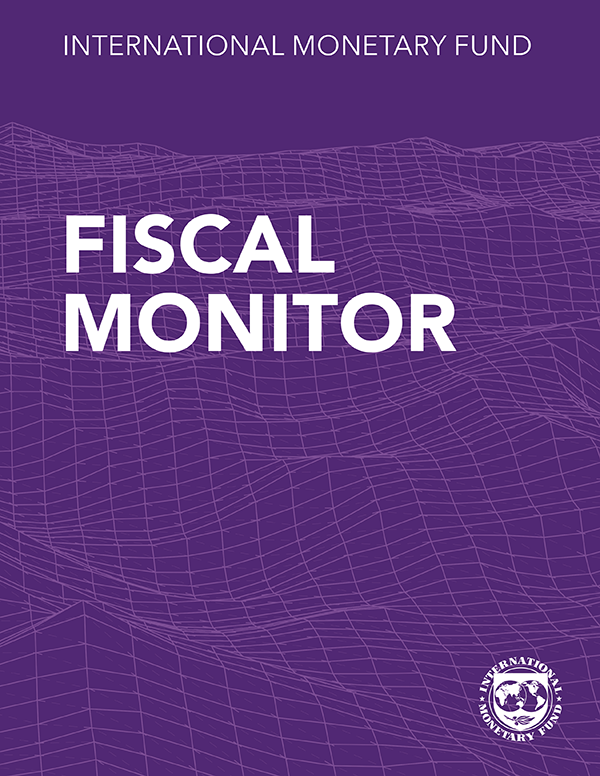Navigating a Shifting Global Environment
Growth in Latin America and the Caribbean is expected to remain steady in 2025 and moderate slightly next year. Inflation convergence toward targets continues, though at a slower pace. The continued increase in public debt underscores the need for fiscal consolidation. While past reforms have secured price stability and helped anchor inflation expectations, lower public debt and improvements in fiscal stances can aid monetary policy in achieving inflation targets. Addressing low productivity through targeted structural reforms is essential for enhancing business dynamism and boosting growth.

Chapter 2. Fostering Growth through Business Dynamism
Low productivity has weighed on Latin America’s growth over the past decades, in part attributable to persistent resource misallocation and sluggish productivity growth among firms, constraining the region’s ability to foster growth. Addressing these challenges requires reforms targeting core frictions, including size-based regulations, financial constraints, and limited market competition. Successful reform efforts in other regions offer valuable guidance to reinvigorate productivity and enhance business dynamism.

Chapter 3. Preserving Hard-Won Monetary Policy Gains amid Persistent Fiscal Risks
By the early 2000s, countries in Latin America and the Caribbean had achieved price stability supported by sweeping reforms that enhanced central bank independence and strengthened monetary policy frameworks. These advances helped anchor inflation expectations and enabled effective monetary transmission. However, fiscal frameworks and policies raise challenges, particularly associated with high debt levels and interest costs, which can amplify the fiscal impact of monetary policy and hinder monetary policy transmission. Evidence in this chapter shows that low public debt and appropriate fiscal stances aid monetary policy in achieving inflation targets. It also shows that there is scope to further improve monetary policy frameworks. To safeguard price stability, countries in the region must focus on advancing fiscal consolidation, improving fiscal policy frameworks, and continuing reforms to further strengthen central bank independence.
Publications

-
September 2025
Finance & Development
- Stablecoins and the Future of Finance

-
July 2025
- Global Imbalances in a Shifting World

-
Regional Economic Outlooks
- Latest Issues












